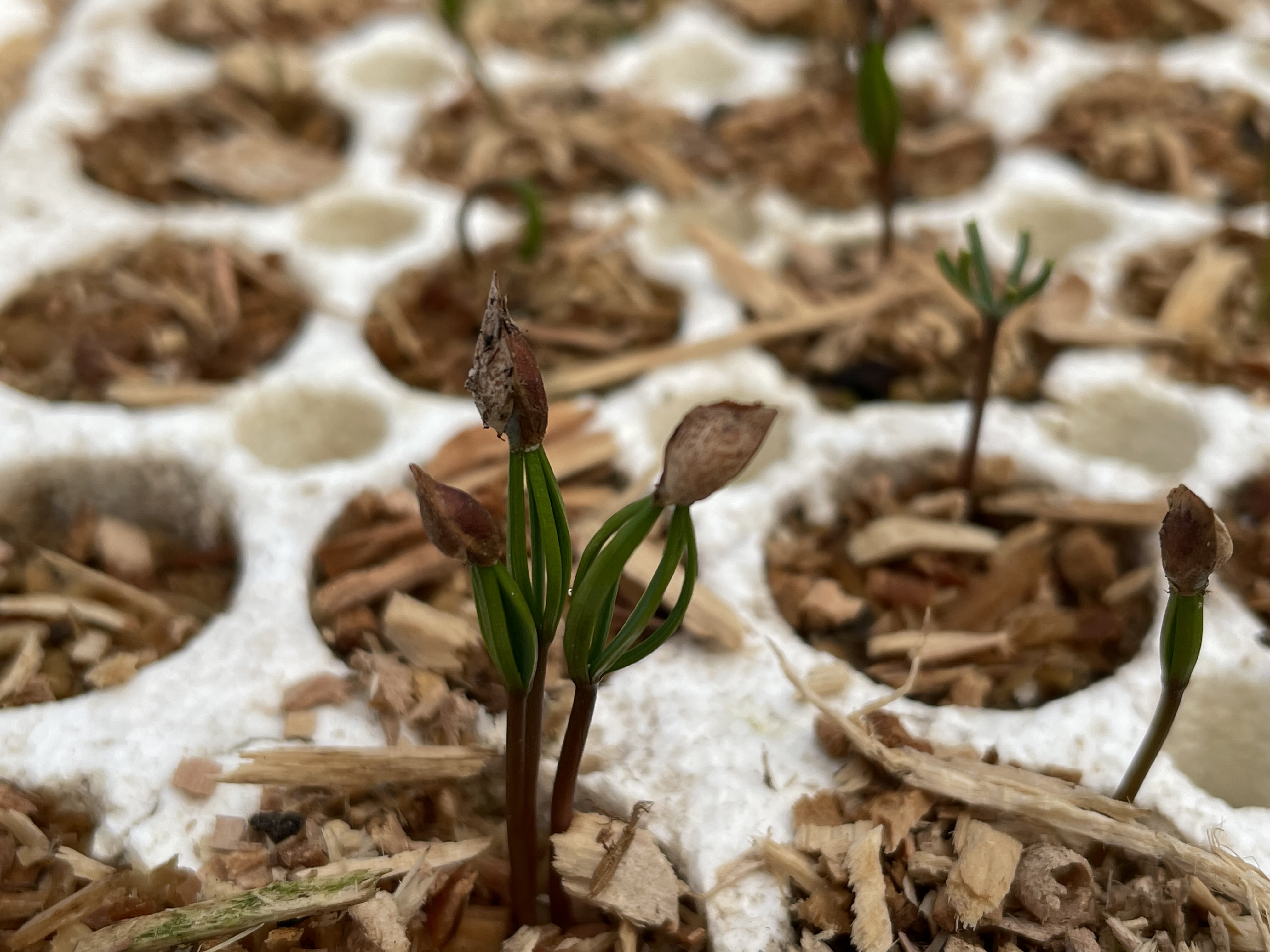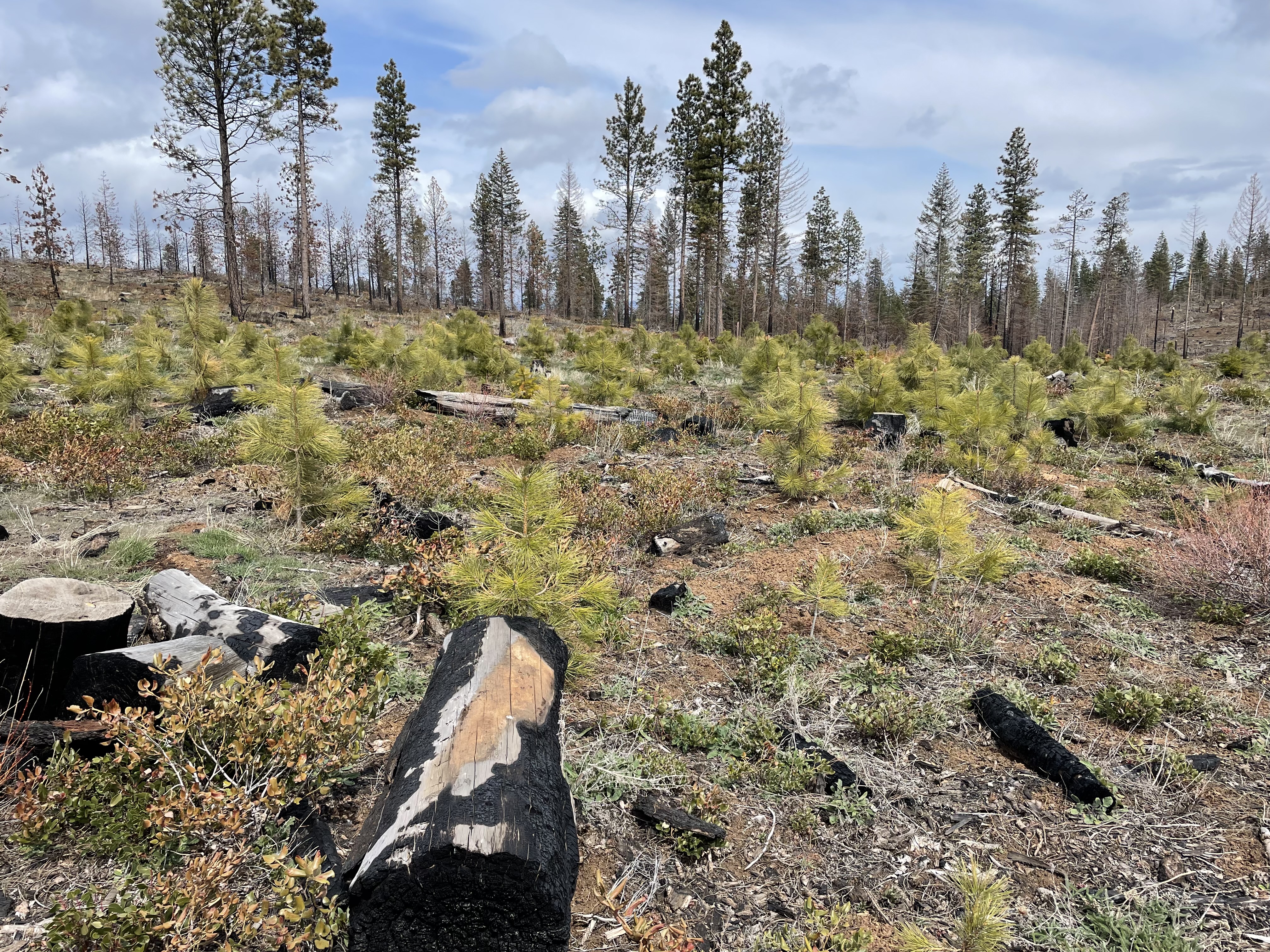In 2021 alone, 7.6 million acres of forest burned across the United States. These forests released 6.45 billion MTCO2e into the atmosphere—more than 2021 US emissions from industry, power generation, and transportation combined. 2021 represented the highest ever annual recorded emissions from wildfire. This emissions source is expected to grow in years to come.
In the American West, where the wildfire risk is increasingly catastrophic, the CC Lab is exploring novel methods of reforestation which aim to increase seedling survival after outplanting. If more effective reforestation strategies can be identified and adopted regionally, these practices may result in greater long-term carbon sequestration and improved forest health over larger areas.


